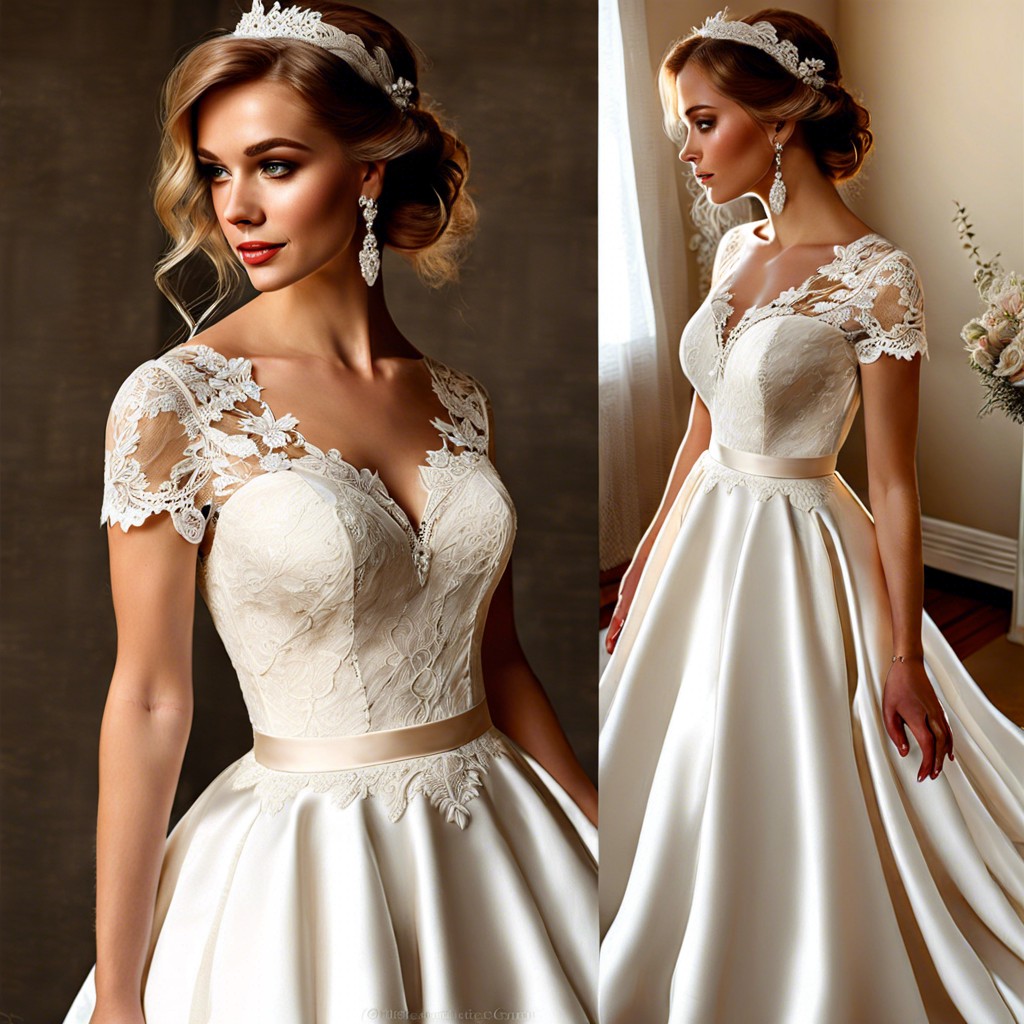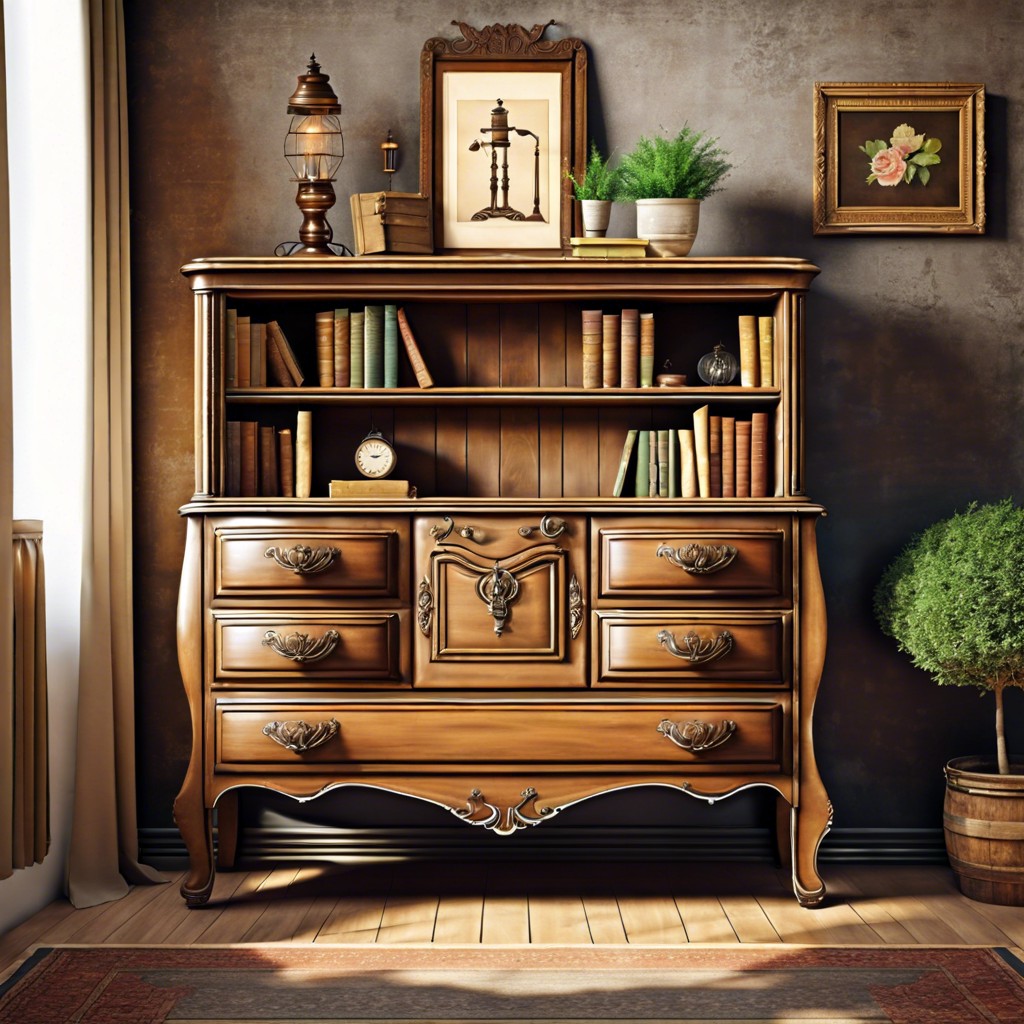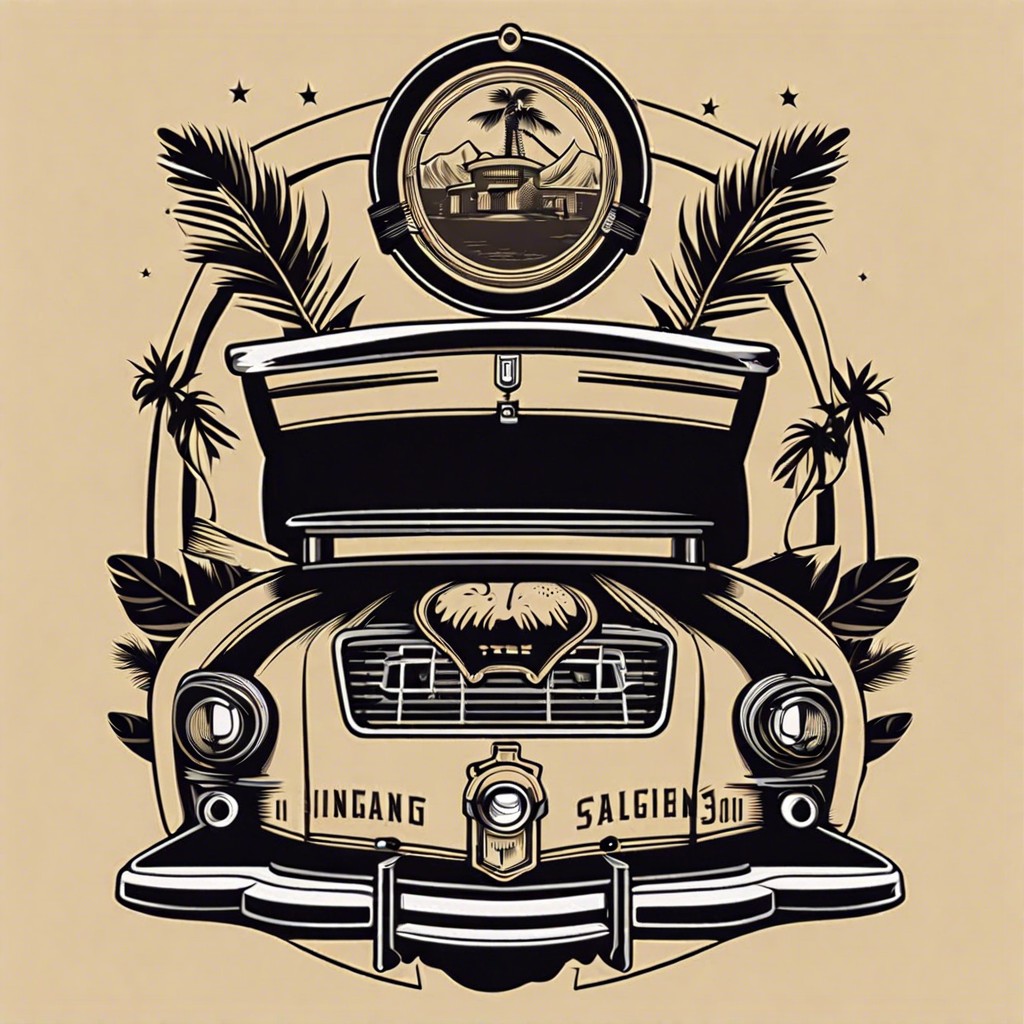Last updated on
Understanding the distinctions between vintage and antique items is essential for collectors and enthusiasts seeking to accurately classify and value their finds.
Key takeaways:
- Antiques are at least 100 years old, vintage is less.
- Condition, manufacturer, and trends influence classification.
- Rarity adds value to both antiques and vintage items.
- Market trends and provenance affect their worth.
- Successful collecting requires education, specialization, and patience.
Definition of Antique Vs. Vintage: Key Differences

Antiques are generally defined as items that are at least 100 years old, which means they were created in the early 1920s or earlier. These pieces often carry historical significance and are valued for their craftsmanship, rarity, and potential investment worth.
Vintage items, on the other hand, are typically less than 100 years old but are old enough to represent a certain period in history, often denoting a minimum age of 20 years. These can include mid-century furniture from the 1950s or classic vinyl records from the 1970s. Vintage is often sought after for its nostalgic appeal and aesthetic characteristics that are emblematic of a particular era.
The age is not the sole defining factor. Condition, manufacturers, and trends also play pivotal roles in these classifications. An object might be old but not sufficiently distinguished by age, maker, or rarity to be considered an antique.
The unique background of an item heavily influences whether it is labeled antique or vintage. Provenance—or the item’s history of ownership—can add value to antiques and, at times, to vintage pieces.
To accurately ascertain the category of a collectible, delve into its history, verify its age, and assess its relevance to particular time periods. This approach ensures informed collecting and successful identification of true antiques and valuable vintage items.
The Rarity Factor in Antiques and Vintage Items
Rarity significantly influences the allure and value of antiques and vintage items. An item’s age alone does not confer rarity; it must also possess distinguishing characteristics that set it apart. Factors contributing to rarity include limited production runs, unique design elements, or historical significance.
Antique items, typically over 100 years old, often carry a higher rarity due to less survival over time. Their rarity escalates when they showcase exquisite craftsmanship or originate from a notable period or artisan.
Vintage items, though younger, can also be rare. Their rarity often comes from being a cultural icon of a specific era, like mid-century modern designs from the 1950s and 60s. Rarity is also found in vintage items that were once everyday objects but are now scarcely seen, such as turn-of-the-century apothecary bottles.
Rarity alone doesn’t create value, but when paired with demand, a rare item’s worth can increase substantially. Collectors should be aware that rarity may also mean a smaller pool of potential buyers, which might affect liquidity.
Market Trends: Understanding the Value of Antiques and Vintage Pieces
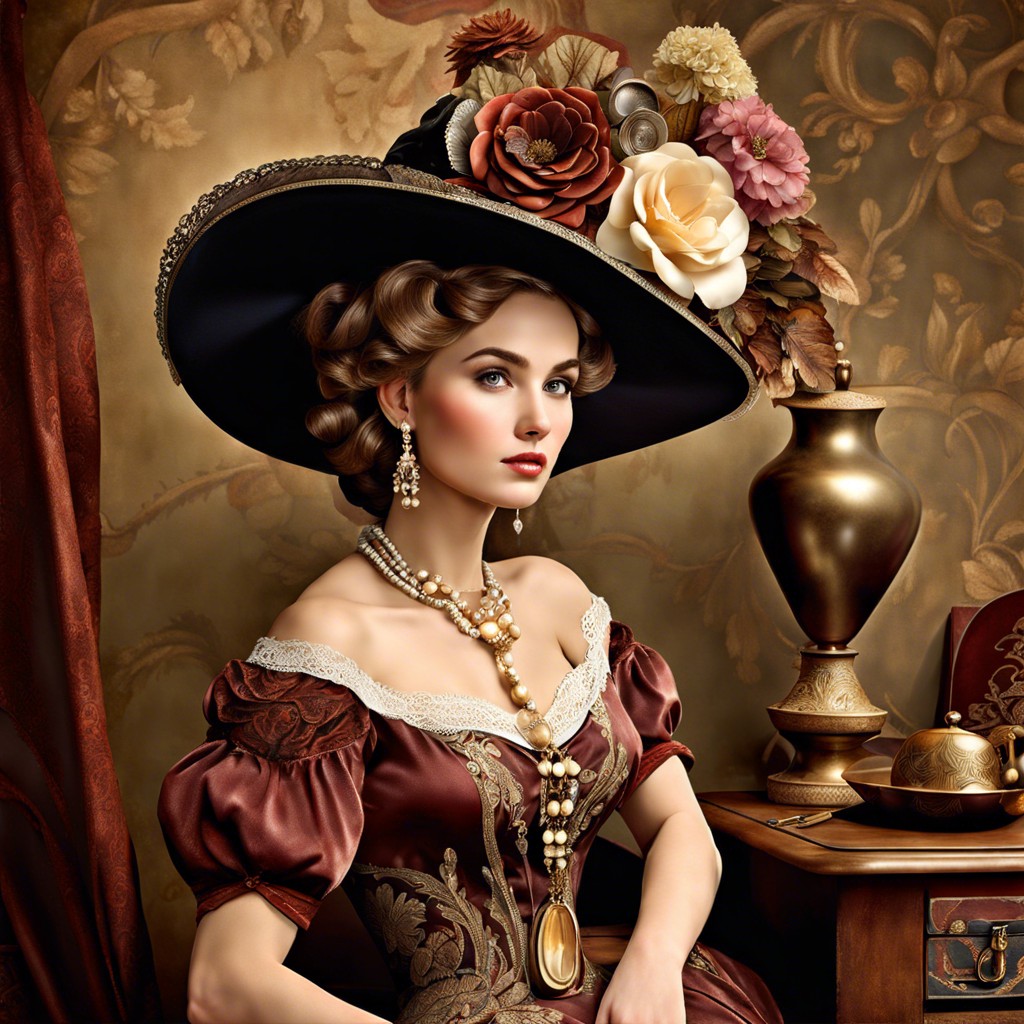
Market trends significantly influence the value of antiques and vintage items. As public interest in certain periods or types fluctuates, so does the worth of related collectibles. For instance, mid-century modern furniture has seen an upsurge in value as its clean lines and minimalist aesthetic became fashionable again.
Provenance can elevate an object’s price tag; a vintage piece with a documented history or previous ownership by a notable figure often commands higher prices. Similarly, items featured in films, television shows, or owned by celebrities can see an increase in demand.
Condition also plays a crucial role. For an item to be valued highly, it typically needs to be well-preserved. Restoration can increase value, provided it maintains the piece’s integrity. Conversely, improper restorations might diminish its worth.
Lastly, rarity remains a driving force in valuation. Unique or scarce items are more likely to appreciate over time. However, a note of caution: collectors should be aware of reproductions, which can be mistaken for genuine vintage pieces and adversely affect the market.
Collecting Strategies for Antique, Vintage, and Retro Items

Successful collecting hinges on education and specialisation. Start by selecting a focus area, whether it’s a particular era, type of object, or manufacturer. Knowledge is power in the realm of collectibles, so immerse yourself in research to identify authentic pieces and recognize reproductions.
Attend auctions, visit antique shops, and engage with online communities to expand your network. Connections with fellow enthusiasts and reputable dealers are invaluable for advice and discovering hidden gems.
Condition is paramount. Prioritize well-preserved items as they hold their value better. Understand that restoration can affect an item’s authenticity and its market value.
Embrace patience. Collecting is a long-term endeavor. Wait for the right piece at the right price rather than rushing to acquire lesser items. Be mindful of market fluctuations; sometimes the best strategy is to watch and wait.
Diversify cautiously. While focus is important, acquiring a variety of pieces within your niche can protect against market volatility. Balance your collection with both high-value showpieces and smaller, less expensive items.
Consider the practical aspects of collecting, such as the size of your space and insurance needs. Ensure you have adequate room to display and store your collection safely.
Stay updated on trends but don’t be swayed by them. Invest in pieces you genuinely appreciate, as they will remain a source of joy regardless of their monetary value.
Maintenance and Care for Antique and Vintage Items
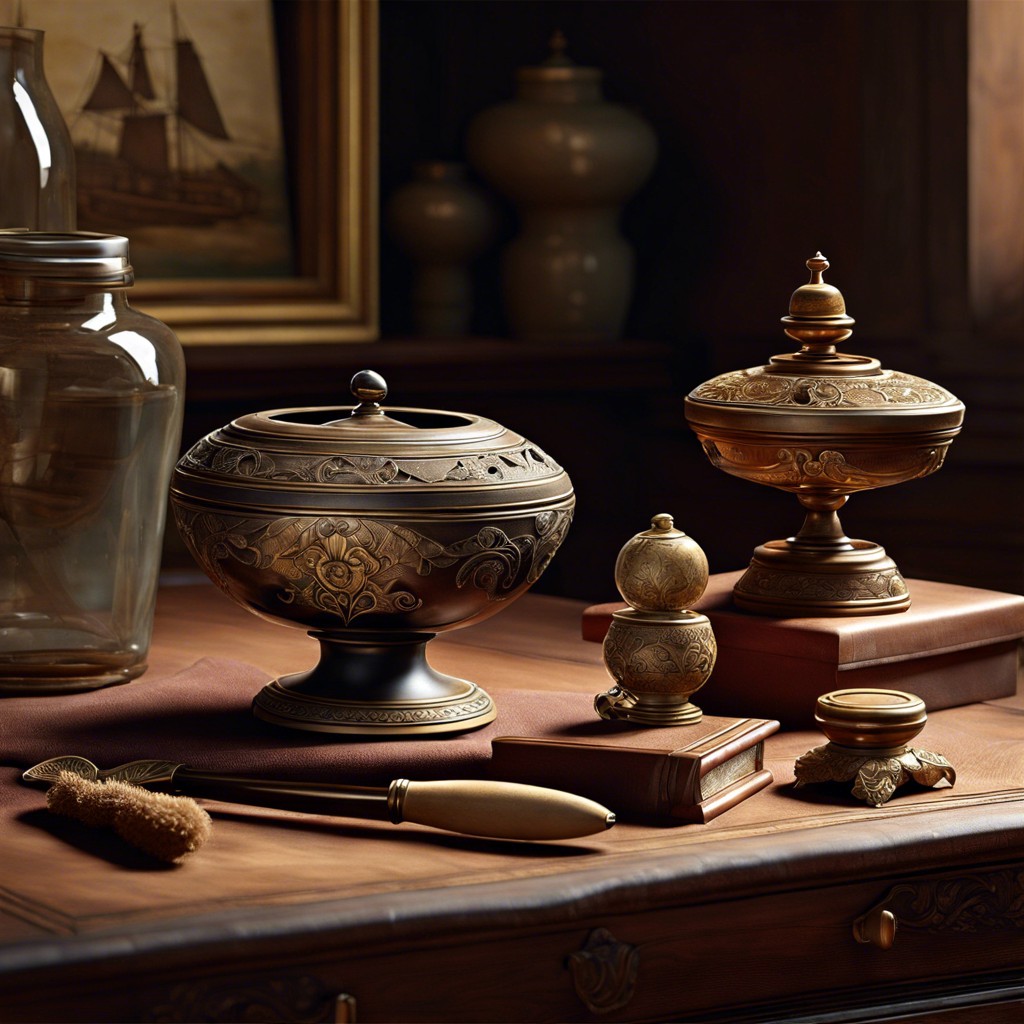
Proper maintenance of antiques and vintage items ensures their longevity and aesthetic appeal.
- Environment control is crucial. Excessive heat, moisture, or sunlight can cause irreversible damage. Maintain a stable temperature and humidity level to protect the integrity of wood, fabrics, and metals.
- Regular dusting with a soft cloth preserves finishes and prevents buildup. For intricate pieces, a soft-bristled brush is ideal to reach delicate crevices.
- Wax or polish sparingly. Overuse of chemical products can degrade original finishes. Use only high-quality, appropriate cleaning agents recommended for specific materials.
- Handle with care. Wear white cotton gloves when touching silver or delicate surfaces to prevent tarnishing or oils from skin transferring.
- For textiles, proper storage is key. Acid-free tissue paper should be used for wrapping, and items stored flat to prevent stress on fibers.
- Repairs should be left to professionals. Attempting to fix damaged antiques oneself can decrease their value or cause further damage. Consult a conservation specialist for serious issues.
- Inspect periodically for signs of pests or deterioration. Early detection is vital for effective treatment.
Remember, the charm of antiques and vintage items is often in their patina and showing signs of age; it’s important to preserve these qualities when performing routine care and maintenance.

